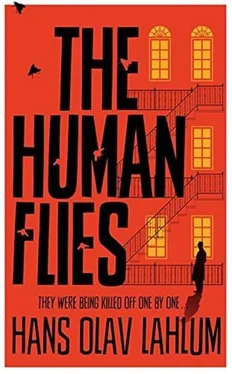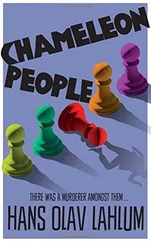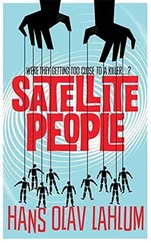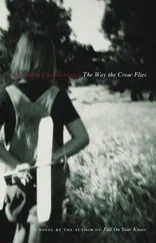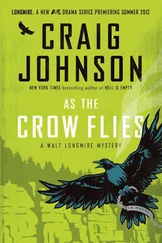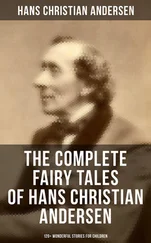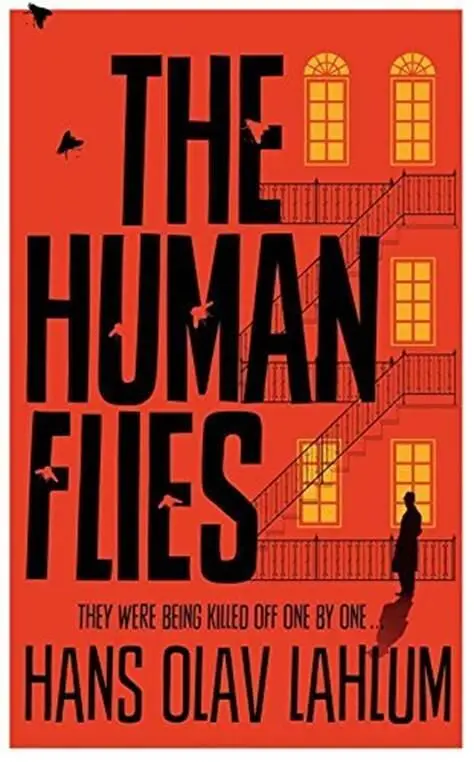
Hans Olav Lahlum
The Human Flies
The first book in the DI Kolbjorn Kristiansen series, 2014
English translation copyright © Kari Dickson 2014
Dedicated to my late aunt
DAGMAR LAHLUM (1923-99)
the double agent – a human fly whose war experiences
and subsequent fate were the inspiration for this
historical crime novel
DAY ONE: Murder Mystery in 25 Krebs’ Street
In 1968,4 April fell on the Thursday before Easter. At lunch, I marked the not-so-insignificant three-month anniversary of my move to a new, larger office at the main police station in 19 Mರller Street by eating a piece of cake on my own. The date is generally remembered as the night when civil rights campaigner Martin Luther King was shot and killed on a hotel balcony in Memphis, Tennessee, unleashing a wave of racialist strife across the USA.
Of lesser interest to the history books, but of greater significance to my own life and that of those affected, was a murder that took place at almost the same time in a flat in Torshov, on the east side of Oslo. Thursday, 4 April 1968 was one of those days when the phone at home in my flat in Hegdehaugen rang late, and an impatient voice promptly talking to ‘Detective Inspector Kolbjørn Kristiansen’. It was just before eleven o’clock in the evening when the out-of-breath police constable Asbjørn Eriksen phoned to report that an elderly man had been shot and killed in his flat in 25 Krebs’ Street. The circumstances were ‘highly unusual’, according to the overwrought Eriksen. I had always regarded Eriksen as an unpretentious and levelheaded constable, so I felt the excitement surge through me even before he mentioned the victim’s name. It was only a matter of seconds after he had said, ‘It’s Harald Olesen!’ before I was out of the door and in the gathering dark, racing towards my car.
In 1968, Harald Olesen was not what one might today call an A-list celebrity. Months could pass between mentions of his name in the national press. But for those who had been young in the years immediately after the war, the image of his hawk-like face and gaunt body was still the portrait of a hero. Harald Olesen had been a well-known Labour Party politician in the 1930s. However, it was not until he was almost fifty that he became a household name as one of the legendary heroes of the Resistance. Olesen himself was extremely reticent about his experiences during the war, but this had in no way served to diminish the at times fantastic tales of his bravado as a leader of the Resistance in his home region. After the war, he was given the opportunity to serve as a cabinet minister and sat on the Council of State for four years. Following this, a couple of senior positions in the civil service ensured that he remained a familiar face and name until he retired in 1965, at the age of seventy. Now, three years later, the former hero of the Resistance and cabinet minister had been shot and murdered – in his own sitting room.
When I drove home at around one o’clock that night, having spent a couple of hours inspecting the scene and taking witness statements, I rather reluctantly had to admit that PC Eriksen’s conclusion still held true. We had a body, a crime scene and an indisputable murder, but not only did we not have a motive, a weapon or a suspect, we had no idea how the murderer could possibly have fled the victim’s flat after firing the fatal shot.
Viewed from outside, 25 Krebs’ Street was a rather ordinary three-storey brick tenement building in Torshov. The elderly caretaker’s wife who met me at the entrance told me that it had been sold and done up three years before. The improvements included a simple lift in the stairwell and bathrooms in all the flats. Otherwise, the building was more or less as it had been when it was built in the 1920s: big, grey and hard. It struck me that both the building and the caretaker’s wife could have been taken straight from Oskar Braaten’s novel The Wolf’s Den.
The drama that unfolded in 25 Krebs’ Street on the night of Thursday, 4 April 1968 had quite literally started with a bang at a quarter past ten. A shot was fired in the right-hand flat on the second floor that was heard all the way down to the ground floor. Olesen’s closest neighbour from Flat 3B was about to mount the stairs, but at that moment was having a neighbourly chat with one of the other residents on the ground floor. When they heard the shot from Mr Olesen’s flat, they both ran up the stairs immediately. The door to Flat 3A was locked and there was not a sound to be heard from within. A couple of minutes later, the pair were joined by a man from the first floor, who had left his wife and baby son in the safety of their flat and run up to the second floor. Then the caretaker’s wife came panting up the stairs. One of the residents on the ground floor was wheelchair-bound and therefore came up in the lift after several minutes. The last of the eight adult residents, a young Swedish woman, remained bolted into her flat on the first floor until the police rang the doorbell half an hour later.
Meanwhile, the neighbours out on the landing could only open the door to Harald Olesen’s flat once the caretaker’s wife had arrived with the key. After some discussion, they decided not to cross the threshold until PC Eriksen arrived half an hour later. Their fears of a shootout soon proved to be unfounded. There was no sign of a weapon in the flat, or any form of life. Harald Olesen was lying in the middle of the sitting-room floor with a bullet wound on the left side of his chest. The bullet had gone straight through him and was lodged in the wall. Otherwise the flat was in every way the same, as far as the caretaker’s wife could remember, as it had been the last time she was there – with no sign of the murderer or murder weapon.
The very fact that the gun was missing of course disproved any theories of suicide. However, there was no evidence that another living person had been in the flat, or any indication of how the murderer might have left the scene of the crime. Harald Olesen lived in an ordinary two-bedroom flat with a bathroom and kitchen, but no balcony. The thirty-foot drop down to the pavement made the windows an unlikely escape route. Any ideas of fire ropes or mountaineering equipment being used to escape floundered on the fact that the windows were closed from the inside.
In other words, the front door remained the only feasible option. If the murderer had managed to get in, he or she could surely have got out the same way. The door had a snib lock, and the safety chain was not on. The most pressing question therefore was, how had the murderer managed to leave the flat in those few seconds between the shot being heard and the neighbours arriving at the scene? And the second question was, how on earth had the murderer left the building? The second floor was the top floor and the only way down was either the stairs or the lift. If the murderer had taken the stairs, he or she would have met the other neighbours on their way up. The first two neighbours at the scene gave each other an alibi. Any suspicion of a conspiracy between them was groundless given that there was no murder weapon and insufficient time before the other residents appeared. They were all agreed that the lift had been standing on the ground floor both immediately before and after the shot rang out. The lift was empty when the caretaker’s wife hurried past and when the wheelchair-bound resident on the ground floor opened the door a few minutes later. And it was impossible to imagine that anyone had succeeded in using the lift to sneak past the neighbours on their way up and then managed to get past the caretaker’s wife, who was by the entrance.
Читать дальше
